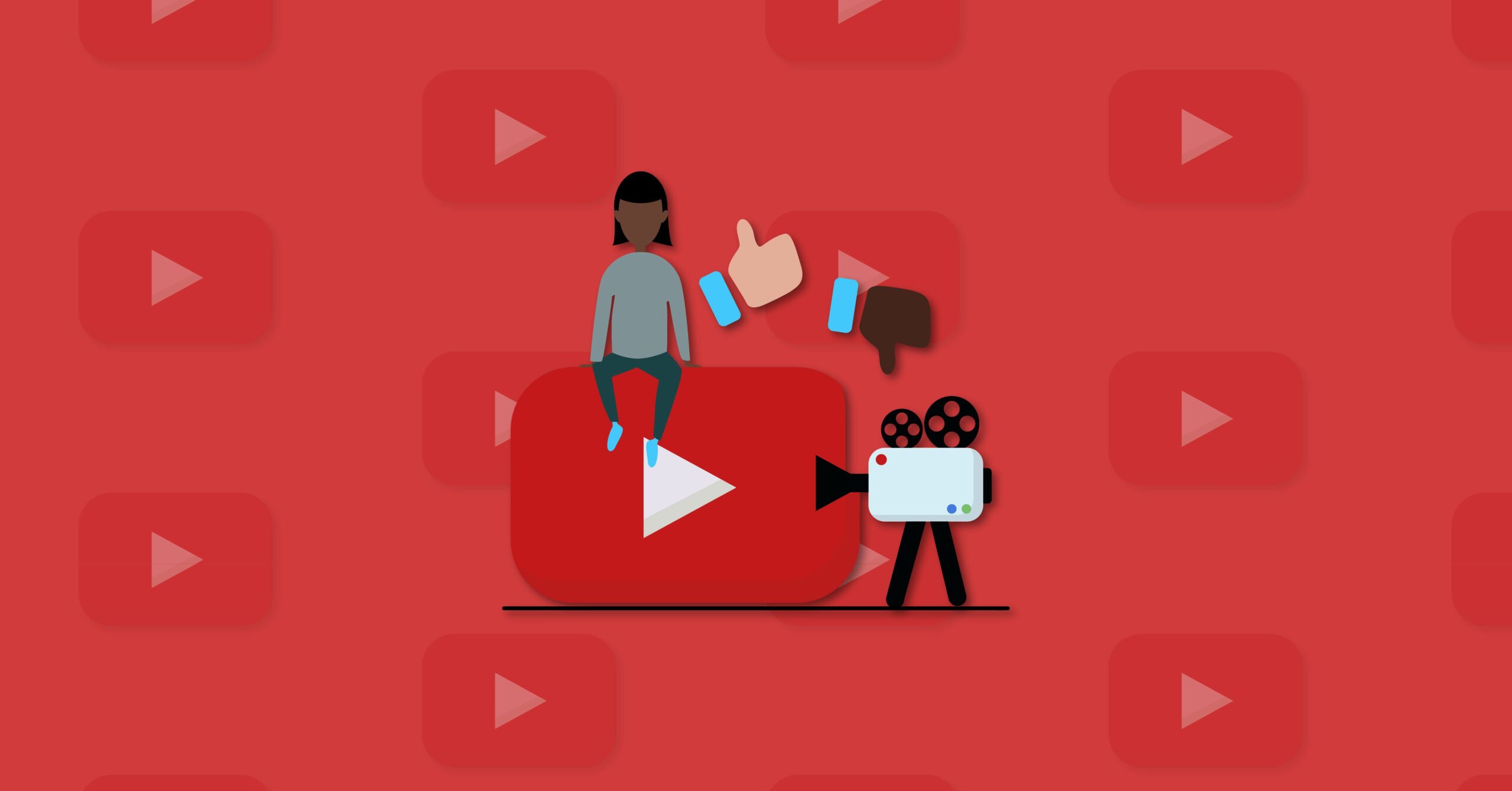It’s no secret that video content is important—having a video strategy is a requirement for every marketer nowadays. The proof is in the numbers. Cisco claims that by 2020 online videos will comprise over 80% of consumer Internet traffic, and HubSpot maintains that 55% of people pay closer attention to videos than all other types of content. It’s not just the creation and consumption of video content that is impressive; it’s also the opportunity it represents. Businesses with a video strategy can grow revenue up to 49% faster than non-video users (Social Media Today). And so it goes: almost everyone and their mother is creating video content.
The problem isn’t persuading marketers to see the value of video content. The problem is showing them how to create effective video content that reaches viewers. No one wants a lecture, everyone’s trying to be a comedian/marketer/thought-leader/the inventor of the next best technology, and we’re constantly being bombarded by explainer videos promising “innovation” and “transformation.” Creating effective video content is hard work. Necessary? Of course. But it’s pricey and sometimes returns little reward if not done right.
There is, however, one undisputed video-marketing champ that is leading the charge on brilliant video content strategy: Netflix. Great content strategy is the reason for their success. As I started to dive into video trends and predictions for 2019, it didn’t take long for me to realize that Netflix has already mastered many of these strategies, and so I wondered, “What can marketers learn from a company recognized for having one of the most disruptive content strategies of all time?”
In this article, I examine three key 2019 video trends that Netflix executes perfectly, and what B2B marketers can take away from them for their own businesses. Together, we can fight the good fight against video mediocrity and slowly rid the industry of passé videos, one boring explainer video at a time.
1) Use data and social listening to shape the story you’ll tell
New data from HubSpot found that creating videos specific to an audience’s interest increases shareability by 83%. This isn’t news to marketers. We’ve been using buyer personas for years now. And we’re creating targeted content. So that’s enough, right? Not for Netflix it isn’t. Netflix takes content relevance to another level by using social listening to dictate what marketing content gets created and, most importantly, when.
Rather than planning out content-publishing schedules in advance and expecting (or hoping) for viewers to respond, Netflix takes advantage of a social strategy that is focused on tracking viral social media tags and topics. If Netflix notices there’s a viral conversation around Breaking Bad, for example, they might try and promote the series again. It’s a great formula: viral noise + marketing = viral campaign.
A recent example of this formula in action involves the Netflix series House of Cards. Netflix saw that Twitter noise was declining over the weeks following the release of season three. They decided that this lull in noise was the perfect time to announce that the show would be renewed for another season, which resulted in another boost of viewer engagement. With this strategy, Netflix artfully timed related releases and communications to simultaneously occur with declines in customer engagement to recapture the audience’s attention. Well done, Netflix.
What Marketers Can Learn From This— There are services and agencies out there that can survey the media landscape and highlight key conversations, topics, and pain points relevant to your target audience. Before creating your next video script, consider using one of these services to get the most relevant talking points for your next video. By using data analysis to capture trending social conversations in real-time, you’re bound to end up with a more impactful video script. When planning your 2019 video strategy, be proactive and agile. Don’t plan out your videos for the year, try planning them out quarter by quarter. Find topics that are the most relevant to your customers seasonally. You can always test how well your topics resonate with your clients beforehand by launching a social campaign for each of your topics. Whichever topic seems to be more relevant to your target audience, create a video around that.
2) Prepare for the era of the video series
This year, expect to see a lot more video series in the market. Why? Because attention spans are getting shorter. Social Media Today’s research shows that videos can hold up to two minutes of a viewer’s attention before there’s a drop-off, and, according to Optinmonster, 50% of consumers believe the optimal length for an explainer video is one minute. That doesn’t leave much time for anyone to explain anything in-depth, no matter how well-spoken you are. Enter the video series—a way to create short, sweet, and focused videos on topics while also creating an opportunity for viewers to come back for more. Marketers can thank renowned professor of psychology and marketing Robert Cialdini for that. Cialdini’s second rule of influence, commitment, and consistency states that when people are presented with an idea that appeals to their self-image or interest, they’re likely to commit and follow through with those commitments. Simply put, if they like the first video, they’ll watch the next one.
Netflix knows this rule very well. How many times have you started an episode of Black Mirror, only to realize that you’re suddenly five episodes in? Netflix learned early on from their in-house data that viewers liked the freedom and autonomy to watch as little or as much as they’d like. The company also learned that viewers often needed more than a pilot to get hooked on a series, so what did they do? They released whole seasons of video series all at once.
What Marketers Can Learn From This—There is a very slim chance that your content is as engaging as Game of Thrones or True Detective. Don’t release one video at a time within a series and expect that people are waiting for the next video to come out. Instead, map out an entire series that you want to create and release “chapters” at a time, which means three to five videos that communicate one topic within your overall series. That way, you have more time to say what you need to around one topic while also providing viewers the opportunity to binge on additional relevant content. Another solution? Release the entire series at once— Netflix style.
3) Meet your audience where they “live”
Content is only as good as the number of viewers it attracts. There is an unfathomable amount of video content that gets produced daily. How are you making sure that yours is getting seen? While I could devote an entire article to distribution strategy, this section is dedicated to focusing on how Netflix does it right, and what you could learn from their examples.
Netflix is available on virtually every device. Users can watch whenever and wherever they want, and marketers at Netflix have replicated this strategy with their own marketing efforts. When Stranger Things premiered, Netflix partnered with Snapchat to release an augmented reality experience. They then compounded this with campaigns on Instagram, Twitter, Facebook, and email marketing to promote the upcoming season.
Netflix’s promotion of Stranger Things is an example of another trend in distribution that we’ll likely see more of. Businesses are leveraging strategic partnerships with other brands to create and distribute content. Think of it this way: you get two pools of audience, double the brain power, and an opportunity to tap into each other’s customer base. It’s a win-win situation.
Digital marketing campaigns don’t need to have big budgets and flashy technology to be successful. All you need is creative thinking coupled with a customer-centric vision.
What Marketers Can Learn From This—Create marketing campaigns that make you available where and when your customers want you. Netflix created a campaign that relied heavily on social channels for Stranger Things because they knew that’s where their viewers were likely to be.
If you’re creating a video for an audience, don’t just stop at personalizing the video. Personalize the delivery, too. What time is your audience likely to watch the video? What brands do they follow that could make for an interesting co-marketing campaign partner? Know your audience demographic inside and out, and develop a distribution strategy accordingly.
Some of your video projects might require a smaller budget and that’s okay. You can always split-test a smaller video campaign on multiple platforms and then evaluate from there. Once you know what’s working, you can allocate the rest of your resources to the platform that delivers the best results.
Conclusion
You’re not going to become Spielberg overnight, and your content strategy team isn’t going to rival Netflix’s, but I hope these tips and trends will help you create better videos for your customers in 2019. I find that we have a tendency in mar-tech to build video content that is often too self-serving. But to win the hearts and minds of our customers, we need to build content that is valuable, resonant, and available exactly at the moment our customers want it. With help from the technology and the data services that are out there today, marketers have a great chance of getting the video ROI they’ve always dreamed of. Lights, camera … conversion!







